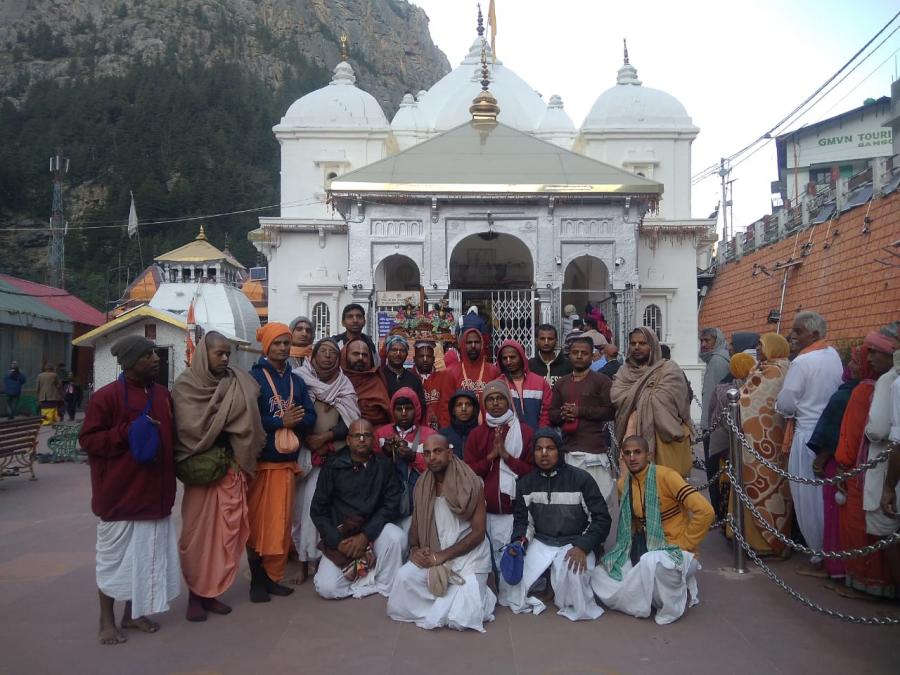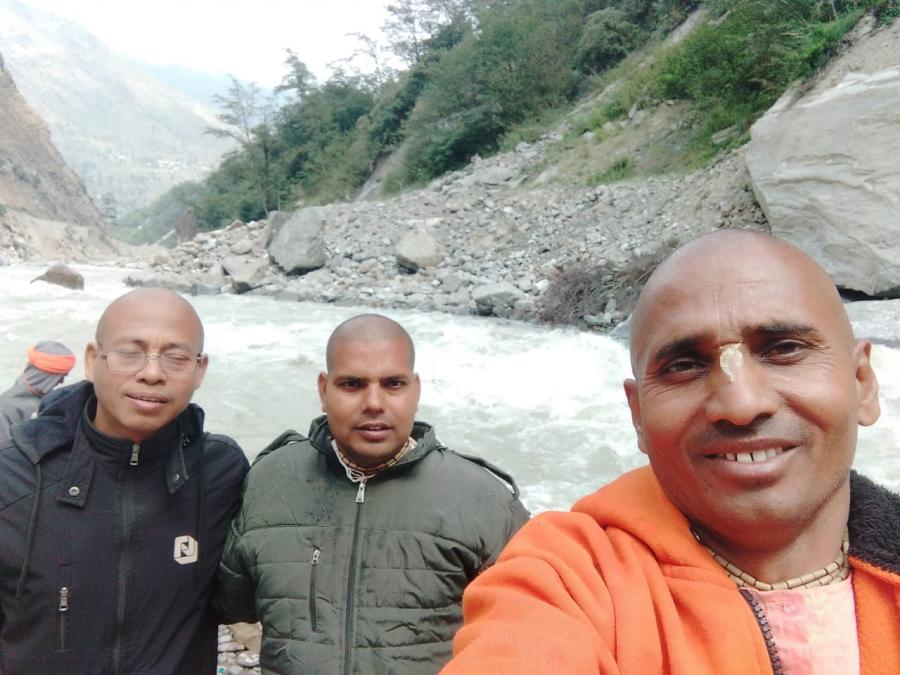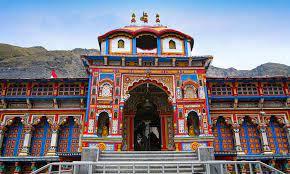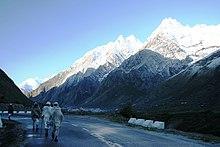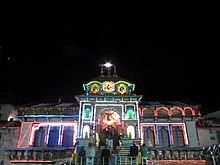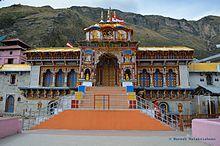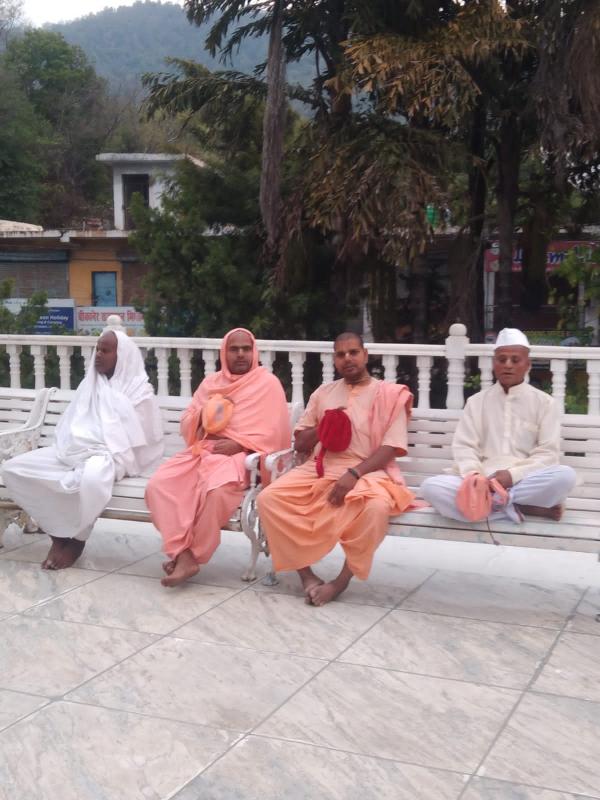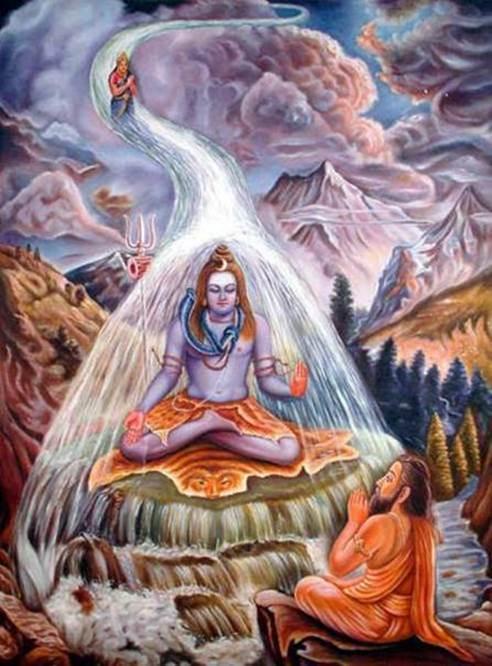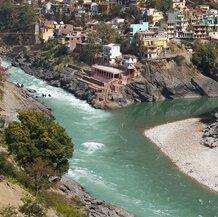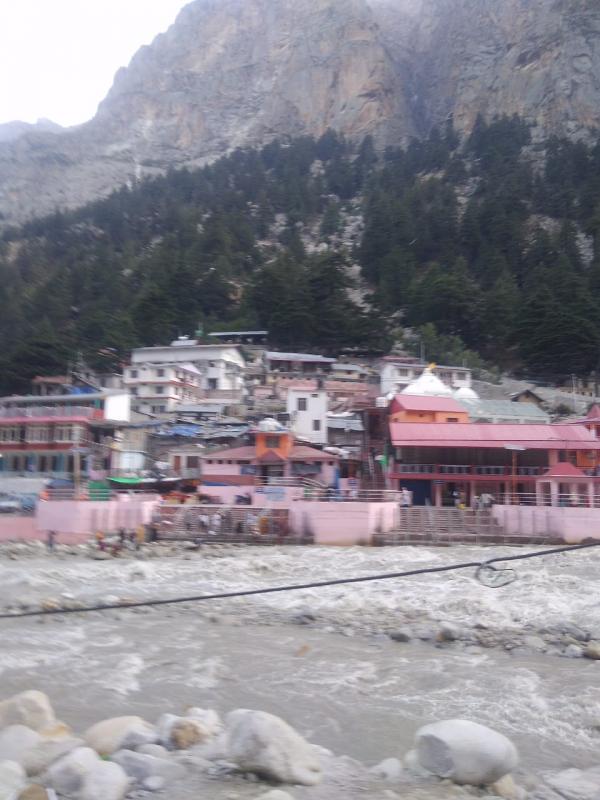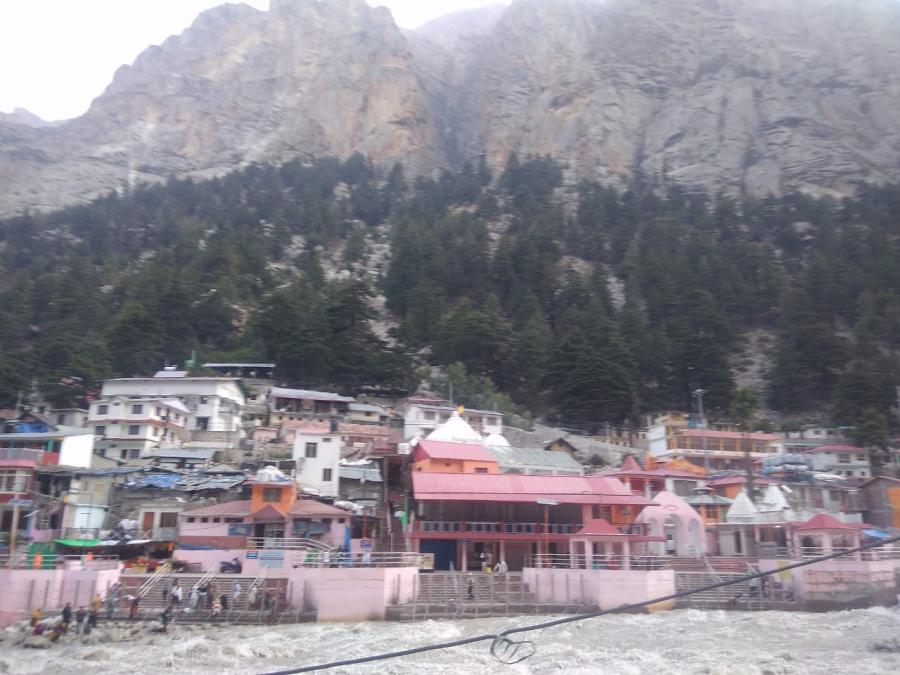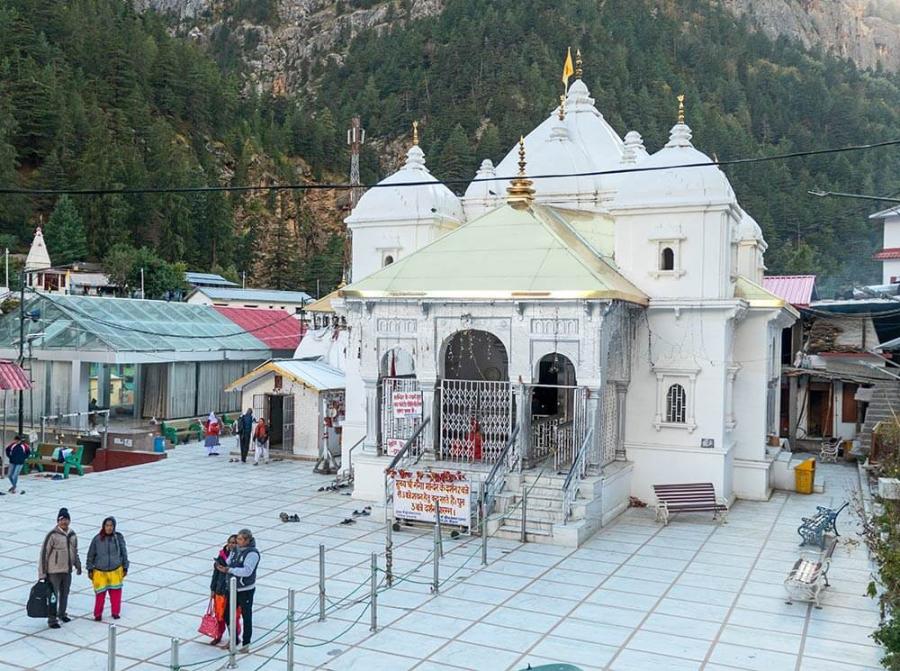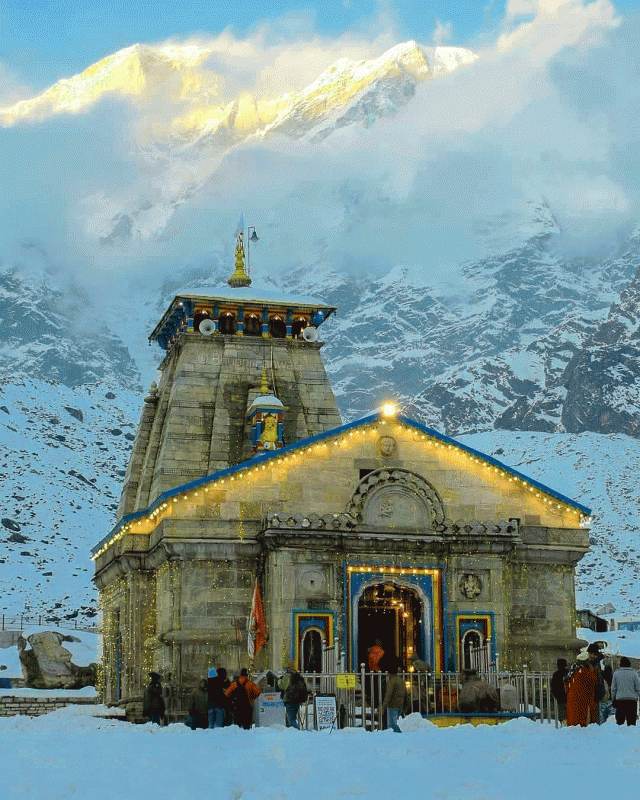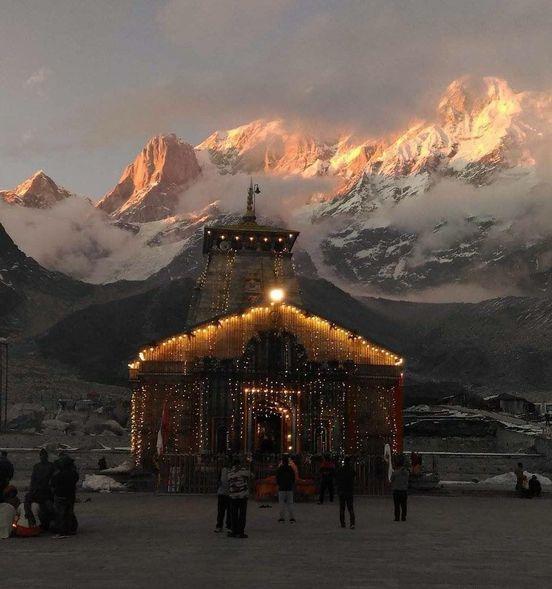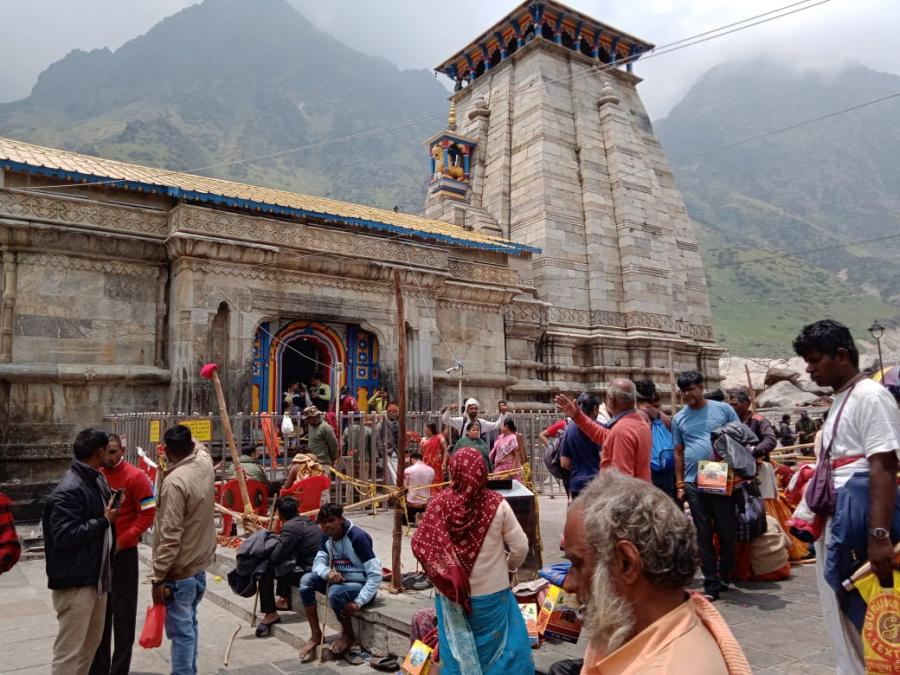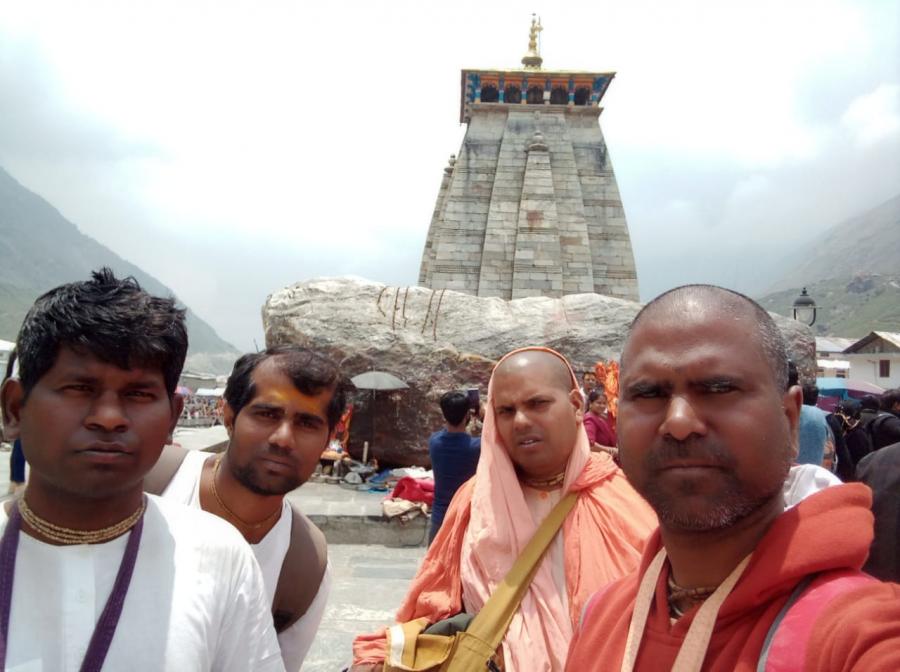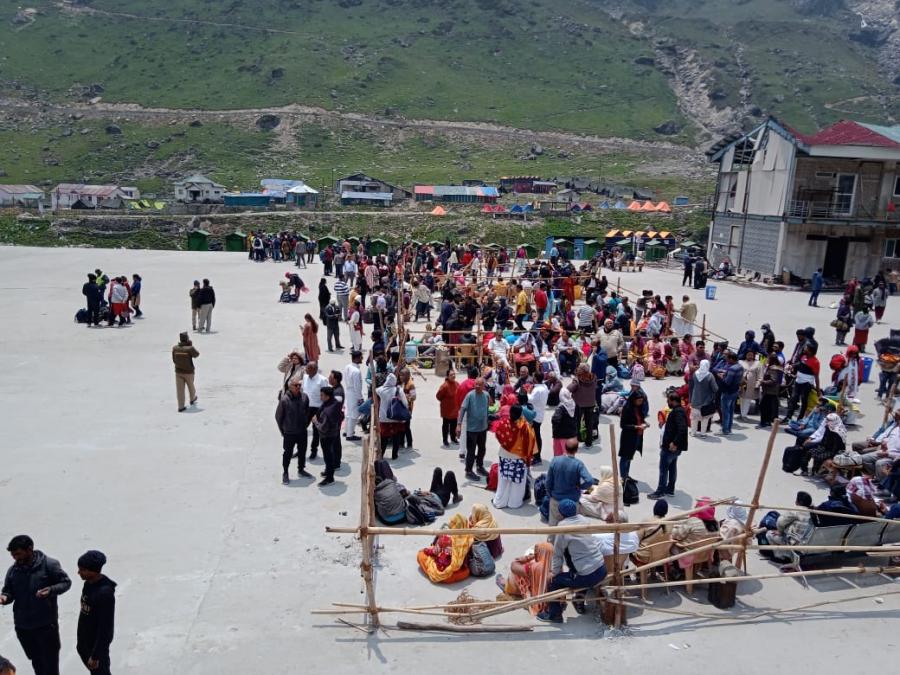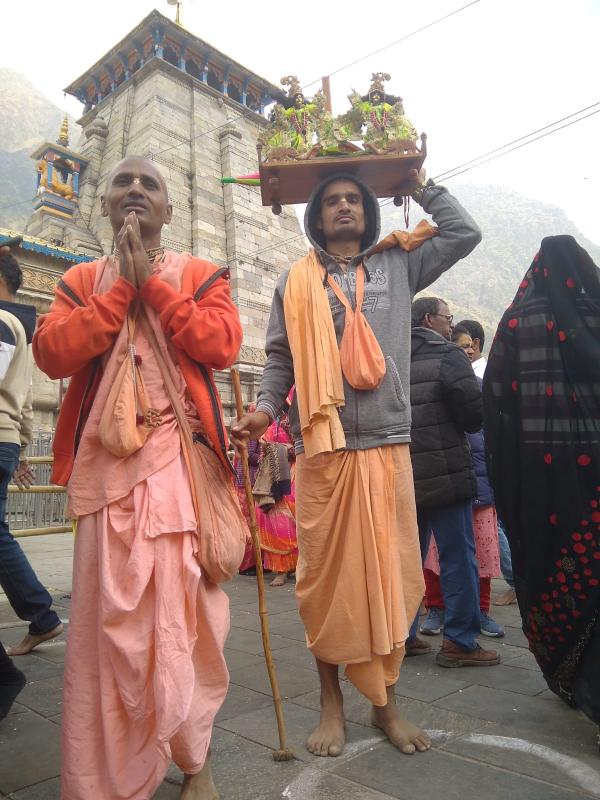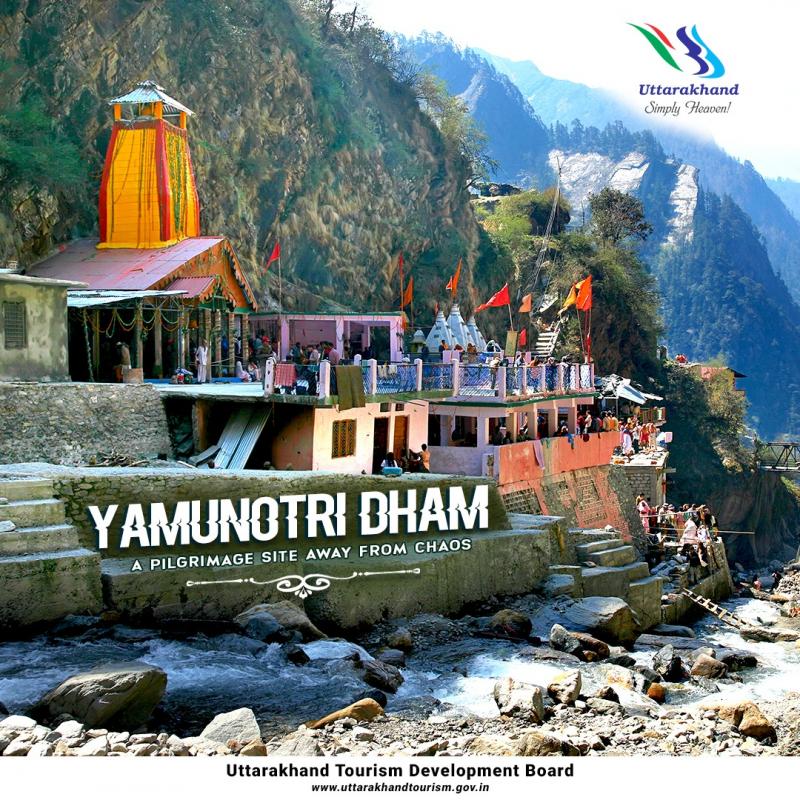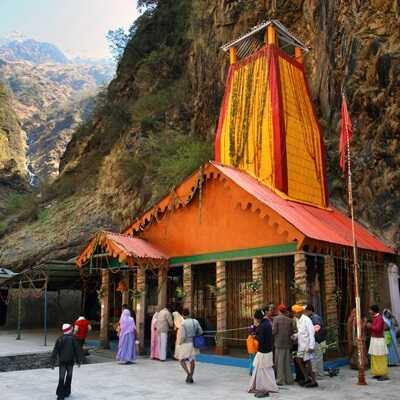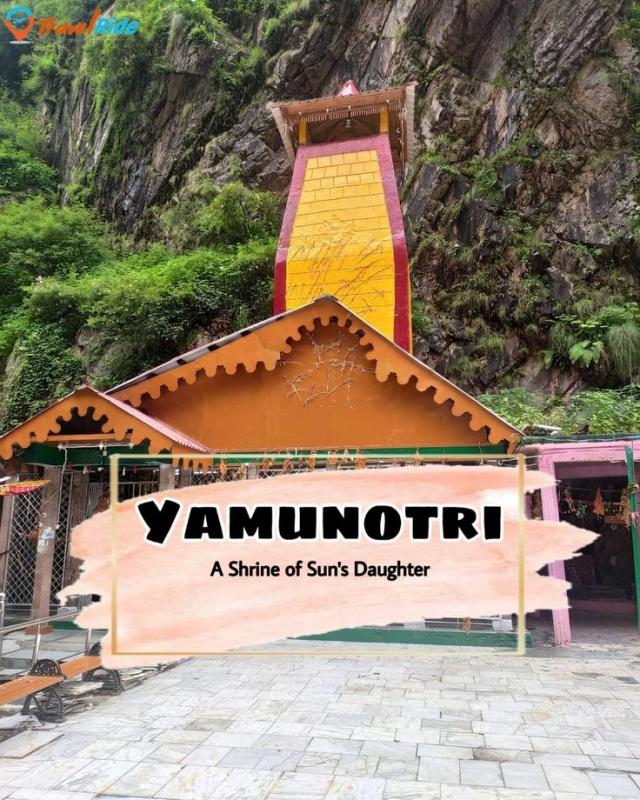By Acarya dasa, All India Padayatra leader
The All India padayatris started their char dhama yatra from Haridwar on May 10, 2022 We had darshan of Har ki Pauri at Haridwar and Sapta rishi ghat and, of course, had a holy dip in mother Ganges. We then moved towards Rishikesh and after a journey of twenty days reached Badrikashram dham on May 29, the seventh round of the All India Padayatra to visit Badrinath.
We had darshan of Dev Prayag, Rudra Prayag, Karna Prayag, Nanda Prayag and Vishnu Prayag. We also had darshan of Hanuman Chatti where the pride of Bhima was destroyed by Hanumanji. We went to Mana (India’s last village 3km from Badrinath), Vyasa cave, Ganesh cave, Vasudhara, the Bhim Pul bridge and also walked ahead 7km to the place where pacha Pandhavas went to heaven and where initially Lord Shiva was staying (Lord Vishnu later occupying that place in the form of a child) and took darshan at the small temple. We stayed at Badrinath for three days and performed sankirtan and distributed books.
We then continued towards Kedarnath dham which we reached on June 8, having had darshan of Guptkashi on the way. Nearby is oki matha, where Usha and Aniruddha were married and where Lord Shiva is worshipped when the Kedarnath temple is closed in the winter. We stayed there and the pandits were helpful and joined our sankirtan. ISKCON preaching has spread far and wide. Wherever we went people welcomed and assisted us when they heard that ISKCON devotees had come walking. All glories to Srila Prabhupada.
We later came to Gopeshwar village from where Gopeshwar Mahadev had gone to Vrindavan to join the rasa dance of Lord Krishna. Just as there are five Badris there are also five Kedarnaths. One of them is Tunganath but the way was very difficult. It was a troublesome 20km walk for us through a hilly area, but as we reached Gopeshwar our pain was relieved by darshan of Lord Shiva and we halted there for the night. It was a costly place though, 1000 rupees for putting up a tent.
We departed for Kedarnath at 2am the next day. We wanted to go to Sona Prayag along the way and arranged for a vehicle to take us and from there we also went to Gauri-kunda. At 3am we then began a hard 16km walk through the hills while carrying Sri Sri Nitai-Gaurasundar on our heads, arriving at Kedarnath at 8am. It usually takes two to three days to have darshan of Lord Kedarnath, but we had our Lordships with us. We had not yet offered bhoga to Them and the thought was coming to mind that Their Lordships would not honour bhoga unless They had darshan of Their favourite devotee Lord Shiva, Vaishnava nam yatha Shambhu, the best devotee of the Lord.
We kept moving slowly towards the temple while seeing some people near us faint due to lack of oxygen, but we all reached there safely and joined the thousands of pilgrims standing in line for darshan. I was feeling that Their Lordships were hungry and we couldn’t delay in the queue, and by now many of the pilgrims were saying, “Look, Bankebihari has come from Vrindavan.” Nobody stopped us as we headed singing and dancing for the temple door.
By the Lord’s arrangement a pandit then came from inside the temple and took Their Lordships on his head, keeping Them near Lord Kedarnath for about five minutes – like Sri Sri Nita-Gaurasundar were having a meeting with Lord Shiva. The pandits took the garland from Sri Sri Nitai-Gaurasundar and put it on to Lord Shiva and gave the bel leaves and flowers from Lord Kedarnath to Sri Sri Nitai-Gaurasundar. It was the most beautiful loving exchange between the Lord and His favourite devotee, to which we were witness. When the pandit handed Their Lordships to us he asked after the kirtan party and we all performed a grand sankirtan for the pleasure of Lord Shiva. After darshan we offered bhoga to Their Lordships.
Thus, we had a nice darshan of Lord Kedarnath.
We then headed to Yamunotri dham which we reached on June 13. Yamunotri, also Jamnotri, is the source of the river Yamuna and the westernmost shrine in the Garhwal Himalayas. At an elevation of 3293m it is surrounded by mountains on all sides and lies in close proximity to the Indo-China border. It is known for offering peace and tranquillity to its visitors, as was our realization. We had sankirtan at Yamunotri for the pleasure of Yamuuna maiya.
The actual source of the river, a frozen lake of ice and the Champasar glacier on Kalind Mountain at 4421m, about 1km further up, is not frequented as it is not accessible, hence the shrine has been located at the foot of the hill. The approach is extremely difficult and pilgrims, therefore, offer puja at the temple itself.
The Yamuna Devi temple is on the left bank of the Yamuna. The venerated Goddess Yamuna is said to be the daughter of Surya (the sun god) and the twin sister of Yama (the god of death). In the Vedas Yamuna is called Yami, the lady of life. A bath in the sanctified waters of the Yamuna is said to cleanse all sins and protect from untimely or painful death.
The river jets down from one side of the temple, which houses Goddess Yamuna in the form of a black marble deity. Ganga Devi too finds her place, in white stone by the side of Yamuna. The temple closes its portals as winter approaches on Yama Dwitiya (the second day after Diwali or on Bhai Dooj). Devi’s winter address is Kharsali village, which she reaches in a palanquin and remains until spring. On Akshaya Tritiya (in April/May), the goddess returns to grace Yamunotri once again. Both the closing and opening ceremonies of the Yamunotri shrine are brought about with celebrations, elaborate rituals and Vedic chants.
The final destination of our char dham yatra was Gangotri which we reached on June 18. Our first stop there was Dodital, a freshwater lake close to Gangotri where Ganesh appeared. The Ganges emerges from Dodital and joins the Bhagirathi River at the confluence in Gangotri. The river is called Bhagirathi at the source and acquires the name Ganges from Devprayag where it meets the Alaknanda. The origin of the holy river is at Gaumukh, set in the Gangotri Glacier, and is a 19km trek from Gangotri. The town is located in the Greater Himalayan Range at a height of 3100m.
Throughout this char dhama yatra we did not move a step without chanting the holy name. In fact, we chanted and danced all the time. We were a total of forty padayatris, fifteen of whom were in sankirtan and the rest distributing books.

